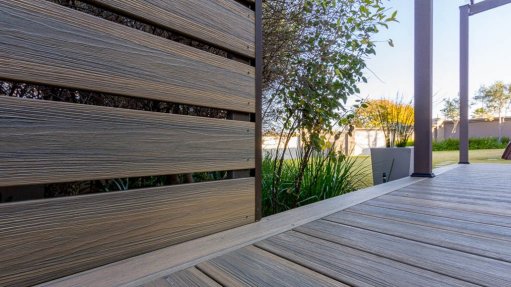
Eva-Last composite cladding and decking
The design and manufacture of composite decking products have undergone a number of advances since first being introduced as an alternative to timber boards, with cost competitiveness and performance noted as the two main drivers of innovation in the market.
Whether for use in decking, cladding or other décor applications, the longevity of composite materials has proved to be the main advantage over timber products. However, producing competitively priced composite alternatives has long been a challenge in the industry and affordability was often attained through compromising structural performance.
Traditionally, composite decking manufacturers have relied on hollow-core boards to reduce material quantity and cost, but the downside of this approach was cracking from the ingress of moisture into the boards.
Manufacturers responded to this problem in a number of ways, but all these had to either eliminate hollow cores, which raised costs to uncompetitive levels, or produce a product of inferior stability and quality.
Composite cladding and decking supplier Eva-Last has developed and engineered a solution that it asserts delivers the strongest possible shape to achieve exceptional performance while completely preventing moisture retention.
The company patented the Infinity I-Series shape worldwide in 2016, producing boards capable of spanning up to 600 mm on centre while still being cost-competitive. Featuring high safety ratings for slipping and fire, a 25-year warranty and an environment-friendly alternative manufactured from recycled plastics and responsibly sourced fast-growing bamboo fibres using solar energy, the I-Series is seen as a market-leading high-performance alternative to timber products.